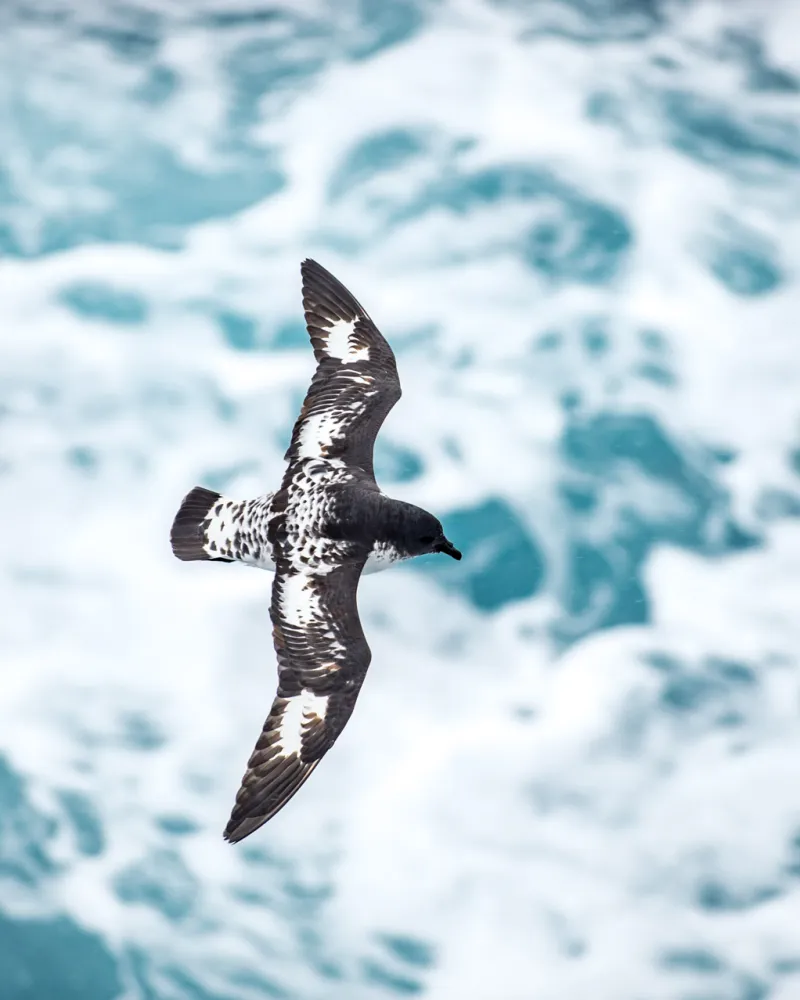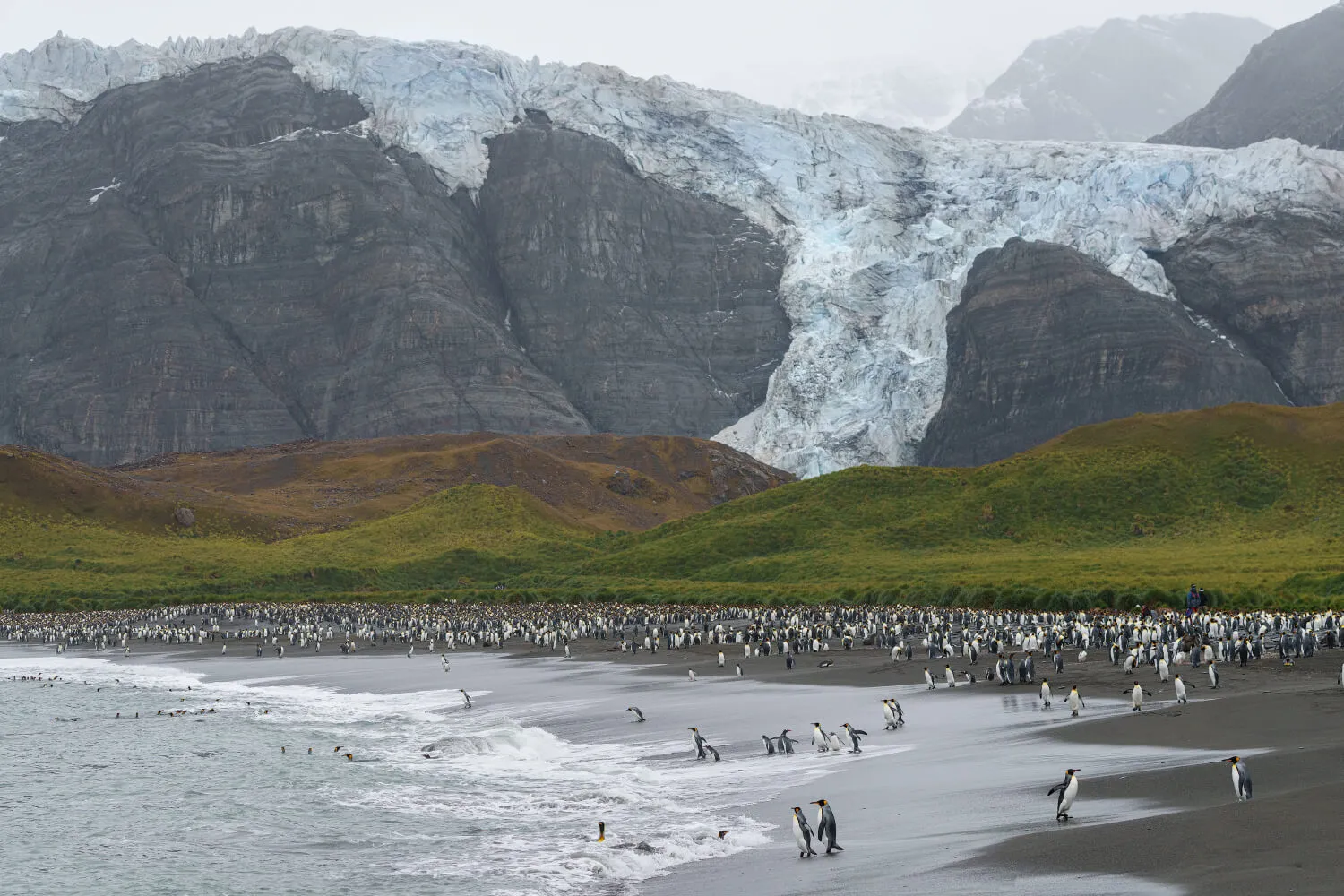
The Falklands (Malvinas)
An Isolated Archipelago
Set over 300 miles east of Patagonia, the Falkland Islands are in the heart of the South Atlantic Ocean. The islands host an impressive array of wildlife, from the world’s largest colony of Black-Browed albatrosses to three species of penguins not found in Antarctica: the golden-haired Rockhopper penguin, the black-banded Magellanic penguin, and the tangerine-cheeked King penguin. Although its proximity to Argentina suggests it was once part of South America, scientists believe the islands were once attached to the African continent. Consequently, this has lead to theories that the archipelago’s flora and fauna arrived through dispersal.
Home to a similar climate and topography as Tierra del Fuego, the archipelago’s two main islands, East Falkland and West Falkland, are the most commonly traversed. Although around 700 more rocky islands and islets make up the archipelago and cover a nearly 4,700 square-mile area.
With a long history of disputes over the land, the Falkland Islands are marked by times of war. France, Spain, and Argentina have all claimed the Falkland Islands at some point throughout history. However, since 1833 the United Kingdom claimed the archipelago as an overseas territory. On the other hand, today, around 3,200 settlers call the capital of Stanley in East Falkland home. Above all, the archipelago’s wildlife on land and sea truly set it apart. Creatures like the rare Striated caracara are often sighted circling above the area’s rocky coastline. Similarly, marine mammal species like Elephant seals, Fur seals, and Peale’s dolphins swim throughout the kelp forests of the icy South Atlantic waters.

Destination Highlights
Diverse Penguin Species
Home to five penguin species including the Rockhopper and King penguins.
Port Stanley
A charming seaside town that blends British heritage with stunning natural surroundings.
Abundant Seabirds
A paradise for birdwatchers and wildlife enthusiasts.
Did you know?
Climate
Often cold, windy, and blanketed in rain cover. The climate of the Falkland Islands is often...
Discovery
It is likely Patagonia’s indigenous communities may have first reached the Falkland Islands by canoe...
Geography
East and West Falkland Islands are the most notable landmasses. The archipelago is comprised of...
Wildlife
The Falkland Islands are a haven for wildlife, home to bustling colonies of penguins...
Wildlife in The Falklands










Find Your Next Adventure

Experience the Extraordinary
From dramatic landscapes to close wildlife encounters, every journey to the White Continent is unique. Let's start planning yours together.











%20__.webp)



.avif)
_Christian%20Cabanillas.JPG%20(1).webp)
.webp)
.webp)
.webp)




.jpg)






